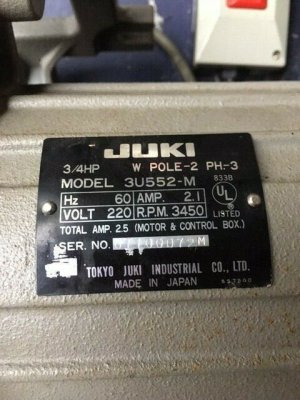There are a few factors involved in adding a motor to anything. The first is voltage, the rated voltage of a motor should never be exceeded by more than 10% or so. There are exceptions, as with any field, but I try to avoid a full explanation of the subject. There isn't enough room here for the lessons of why and how to decide the best motor. It doesn't need an engineering degree, just enough knowledge to make a "wise" decision.
I was basing my comments on your proposal to use "wheelchair" motors. There are many drive mechanisms available, sewing machines have been powered a long time. At many voltages.
Wheelchair motors are usually 12 or 24 volts. Both my father's and the ones I have for my chair are rated for 12 volts.
Based on your statement, I stand by my call for control. If you are considering purchasing a drive motor, be advised that I am by no means an expert. I merely understand enough to make my gizmos work. Usually likely overpowered, but they run. See
http://www.hudsontelcom.com/uploads/ShopElex.pdf
for details of what I
am knowledgable of. And that old school~~~~
So, you have decided on 12 (or 24) volt drive. The next concern is horsepower. As in enough power to drive your load. A little over powered is recommended as the expected load is heavy leather. Then there is speed. That is a factor you have to decide for yourself. I like things to run sorta slow, my reaction time is slow, slower as I age. Underpowered motors generate heat, lots of it. The magic smoke usually lets you know there is too little power. Once that magic smoke gets out, it's hard to get back in.
Using a salvaged windshield wiper motor, you could connect 1:1 with the flywheel and use a speed control for regulation. Using a motor without gearing would need to have the speed controled with a reduction drive. Such as a belt~~~ Pulley size controls speed. Your call~~~
One last comment; using pulse width control on a D-C motor does not cause overheating unless the motor is overloaded. Now that I have managed to confuse you this much, I'll bow out and leave you to consider all the comments.
Bill Hudson
.







 It is insanely fast compared to the cheap home machines I've been around.
It is insanely fast compared to the cheap home machines I've been around.